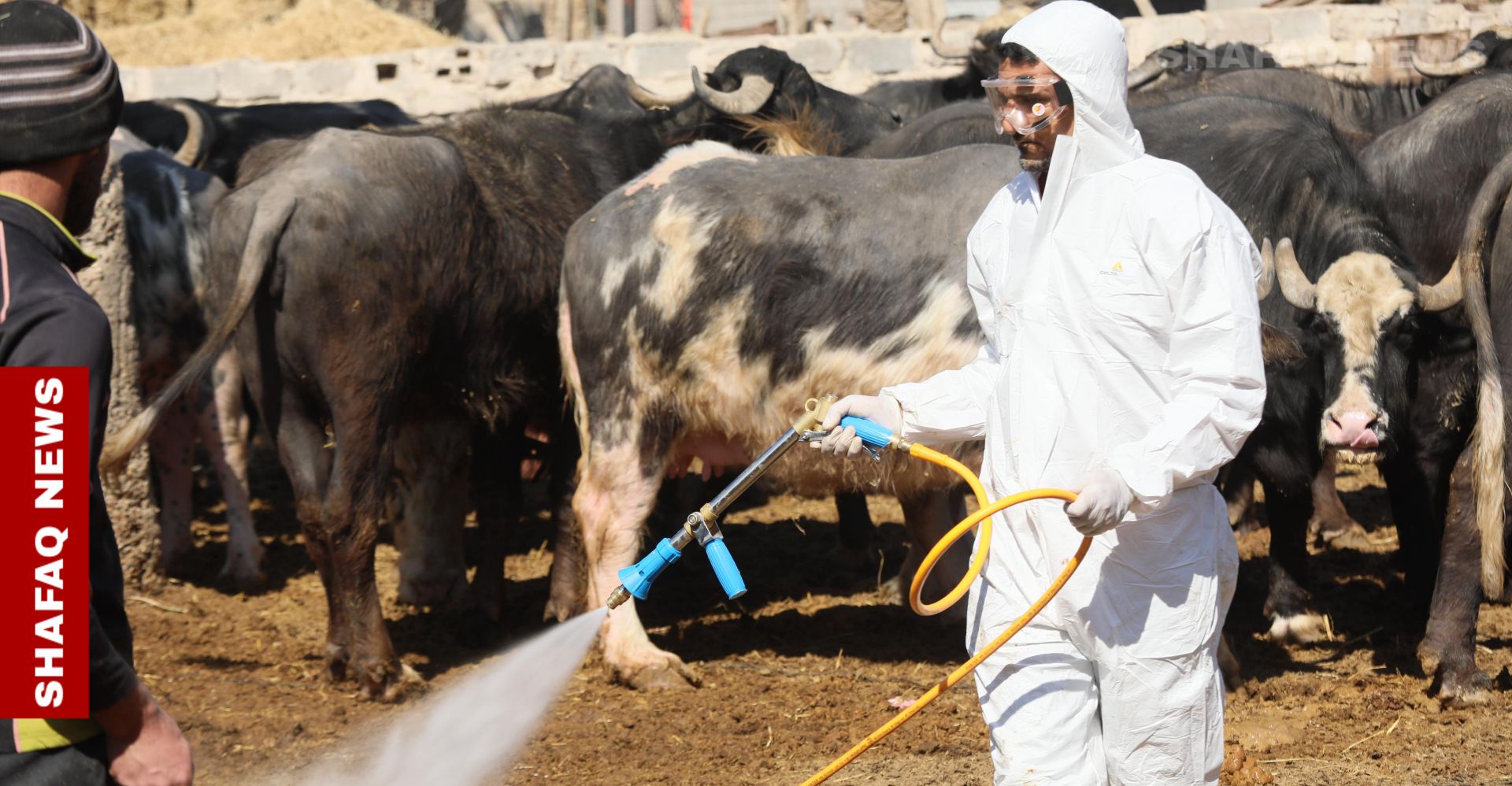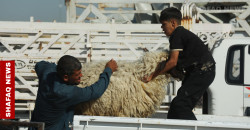Iraq’s butchers bear the brunt of CCHF Crisis

Shafaq News/ In 2025, Iraq has recorded at least 96 cases of Crimean-Congo Hemorrhagic Fever (CCHF), including 13 deaths, according to the latest data from the Public Health Directorate at the Ministry of Health and Shafaq News tracker.
Official statements emphasize that the outbreak remains under control. However, health officials familiar with the situation told Shafaq News—on condition of anonymity—that the true number of infections is likely much higher than reported, citing underreporting in rural areas and limited diagnostic capabilities.
Nearly all confirmed infections are concentrated among high-risk occupational groups: livestock breeders, animal transporters, and especially butchers. Within this vulnerable segment, butchers face a compounded risk—not only from direct contact with potentially infected animals but from the deteriorating infrastructure that forces them to operate outside official and sanitary channels.
“We Are Forced Outside the System”
Muhammad Ali, a butcher in Babil Province with more than three decades of experience, described the daily hazards of his profession. “We try to follow the laws and health instructions,” he explained, “but the reality is we’re often forced to slaughter outside official abattoirs—not because we want to break the rules, but because there simply aren’t enough slaughterhouses.”
Ali points to a chronic lack of facilities, especially during high-demand seasons such as Eid Al-Adha, when families sacrifice an animal—typically a sheep, goat, or cow—and distribute the meat to family, relatives, and people in poverty. “The few slaughterhouses that do exist are overwhelmed. We wait for hours. Work becomes unbearable, customers get angry, and the delay sometimes ruins the meat. Then we are blamed, even though the fault lies in the system’s inability to serve us.”
He warns that the legal risks butchers face for so-called “unauthorized slaughter” ignore the economic and logistical pressures that push them into these situations. “We’re not criminals. We’re surviving.”
Ali calls for urgent interventions: more licensed slaughterhouses, mobile abattoirs for underserved areas, and even temporary legal alternatives supervised by health authorities. “Without this..we’ll keep working in the shadows—and we’ll keep getting sick.”
A Nationwide Gap in Slaughter Infrastructure
Dr. Thaer Sabri Hussein, Director of the Epidemiology Department at Iraq’s Veterinary Authority, confirmed the infrastructure crisis. “There are only 52 official slaughterhouses in Iraq, and most are in poor condition,” he told Shafaq News. “We need at least 300 to meet current demand. The few modern facilities we do have are negligible.”
The Ministry of Agriculture has submitted a formal request to the General Secretariat of the Council of Ministers to approve the construction of modern abattoirs. As a temporary measure, the Ministry of Environment has been tasked with rehabilitating defunct facilities. However, officials acknowledge that these efforts fall short of addressing the scale of the problem.
Cities most affected by unregulated slaughter include Baghdad, which houses more than 10 million people, and now records the highest number of infections (29,) followed by religious hubs like Karbala and Najaf, where massive pilgrimages frequently overwhelm municipal services. “These areas are hotspots not only for illegal slaughter but also for potential disease transmission,” Hussein warned.
Although Iraqi law restricts animal slaughter to official facilities under Article 105 of the 1983 Veterinary Code, enforcement is lax. Hussein admits, “In reality, controlling unregulated slaughter is extremely difficult. That’s why we’re focusing on awareness campaigns to educate livestock handlers and the public about the importance of safe practices.”
Fighting Disease with Incomplete Tools
To curb the spread of CCHF, the Ministry of Agriculture conducts two national anti-tick spraying campaigns annually, targeting the blood-sucking parasite responsible for transmitting the virus. When an infection is confirmed in a specific area, it is classified as a “disease hotspot,” triggering emergency spraying and a halt to animal movement until livestock are examined and treated.
Yet these reactive measures are constrained by limited reach and chronic underfunding. Without systemic reforms—especially in slaughterhouse availability and enforcement mechanisms—such interventions remain insufficient.





